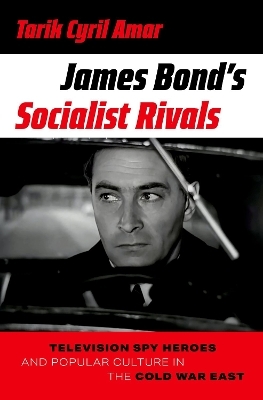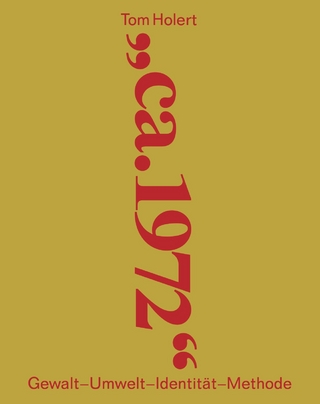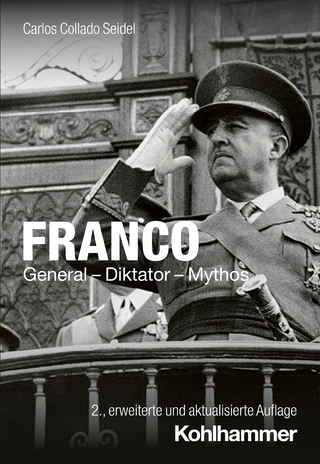
James Bond's Socialist Rivals
Oxford University Press Inc (Verlag)
978-0-19-091628-2 (ISBN)
In August 1973, the large and growing television audience of the Soviet Union first laid eyes on what would become its quintessential if fictitious hero spy. He was nothing like the West's action man and sex icon James Bond who had risen to global fame in the 1960s. By contrast, Shtirlits made his first appearance as a handsome yet somewhat tired-looking, middle-aged man on a meditative stroll in wintry woods, to the score of a very slow piano rendition of the show's wistful signature theme.
The Cold War East, the Soviet Union and its sphere of domination and influence in Eastern Europe, produced a rich array of home-made intelligence heroes who became vastly popular among television audiences in the 1960s and '70s. In this work, Tarik Cyril Amar recovers and analyzes a world of spy fiction entertainment, focusing on three blockbuster series in the former Soviet bloc: Seventeen Moments of Spring (USSR), Stakes Greater Than Life (Poland), and The Invisible Visor (East Germany). Not only did these shows feature secret agents as heroes, but they were also important to party-state authorities, including security and intelligence services, who were combatting Western subversion and deliberately polishing their own image behind the Iron Curtain. The series made reference to World War II, the Holocaust, and the Cold War, shaping public interpretations of historical events and inspiring a rising generation to join intelligence services, including Vladmir Putin. And they remained persistently popular, surviving the collapse of the authoritarian-socialist political regimes under which they had been produced.
Based on exhaustive research of unpublished primary sources in archives in Berlin, Moscow, and Warsaw, James Bond's Socialist Rivals offers a more expansive vision of the phenomenon of the spy as popular-culture hero and of the complex nature of Cold War interactions across ideological divisions, geopolitical blocs, and national borders.
Tarik Cyril Amar is Associate Professor of History at Koç University. He is the author of The Paradox of Ukrainian Lviv: A Borderland City between Stalinists, Nazis, and Nationalists.
Acknowledgments
Notes on Terminology and Transliteration
Introduction
Chapter 1: World War II and the Holocaust: Memory and Oblivion in Stawka
Chapter 2: A "Zone of Constant Compromise": Making Stawka
Chapter 3: Inventing a Soviet Russian Popular Culture Icon: The Context and Origins of Seventeen Moments
Chapter 4: Imagining a Perfect Soviet Russian Hero after Destalinization: The Meanings of Seventeen Moments
Chapter 5: Cold War between the Germanies: The Context and Making of Visor
Chapter 6: Contesting Home, Claiming Antifascism, and Confronting the West: Visor's Messages
Chapter 7: A Cold War Conjuncture: Spy Heroes, Public Relations, and Television
Chapter 8 Afterlives
Conclusion
Notes
Bibliography
Index
| Erscheint lt. Verlag | 18.12.2024 |
|---|---|
| Verlagsort | New York |
| Sprache | englisch |
| Maße | 156 x 235 mm |
| Gewicht | 1220 g |
| Themenwelt | Kunst / Musik / Theater ► Film / TV |
| Geschichte ► Allgemeine Geschichte ► Zeitgeschichte | |
| Geisteswissenschaften ► Geschichte ► Regional- / Ländergeschichte | |
| ISBN-10 | 0-19-091628-1 / 0190916281 |
| ISBN-13 | 978-0-19-091628-2 / 9780190916282 |
| Zustand | Neuware |
| Informationen gemäß Produktsicherheitsverordnung (GPSR) | |
| Haben Sie eine Frage zum Produkt? |
aus dem Bereich


